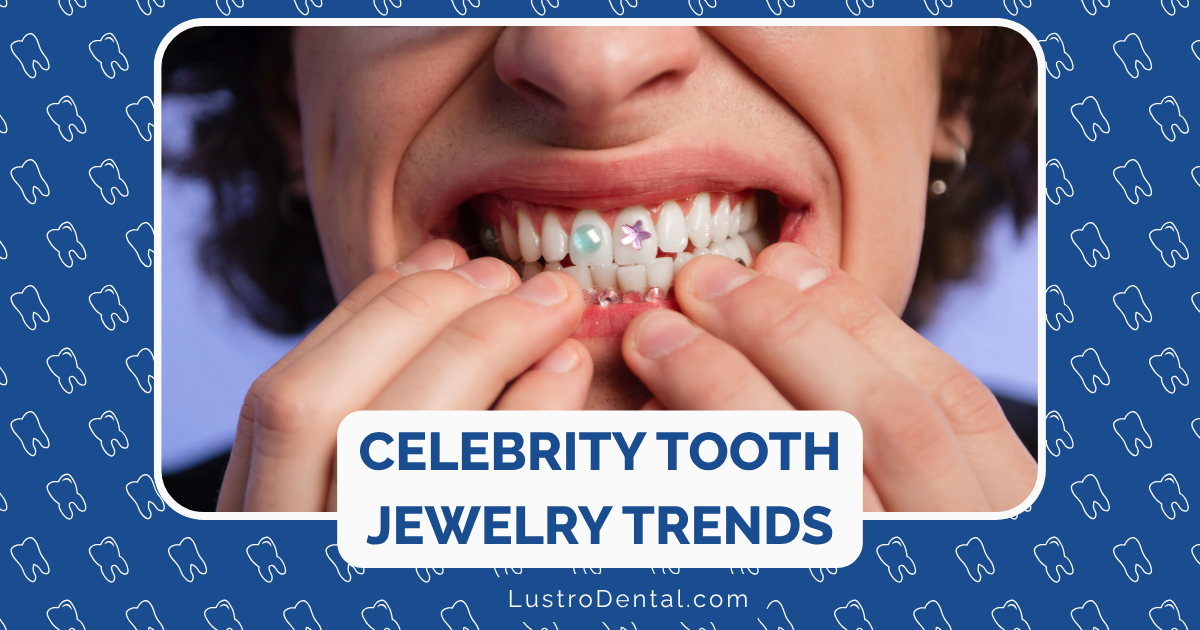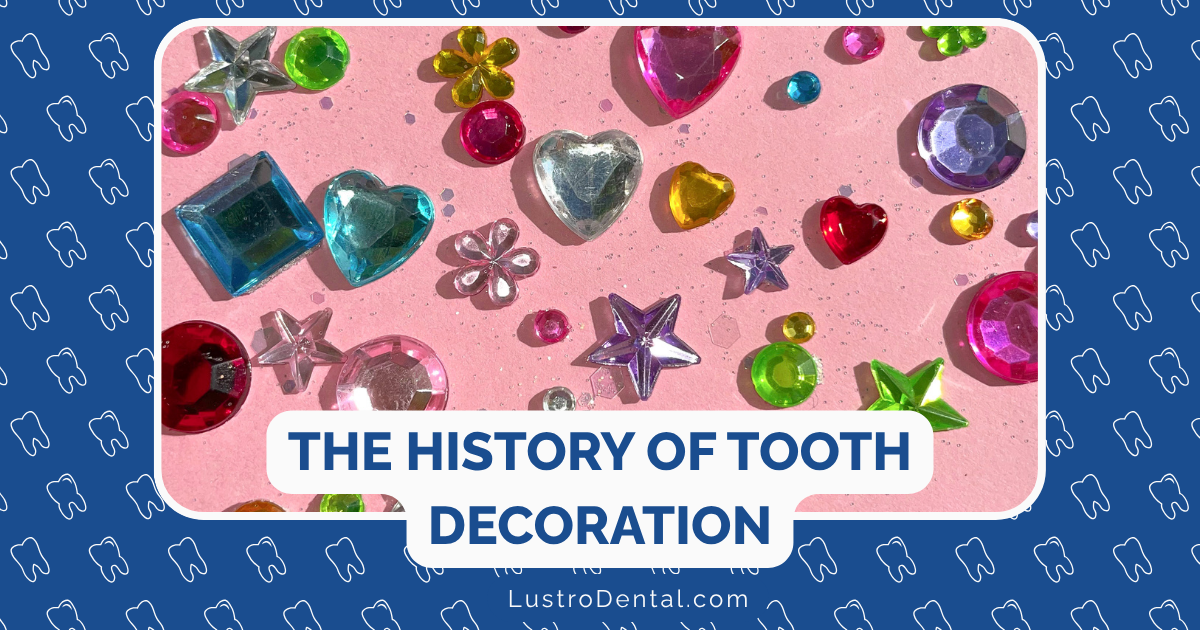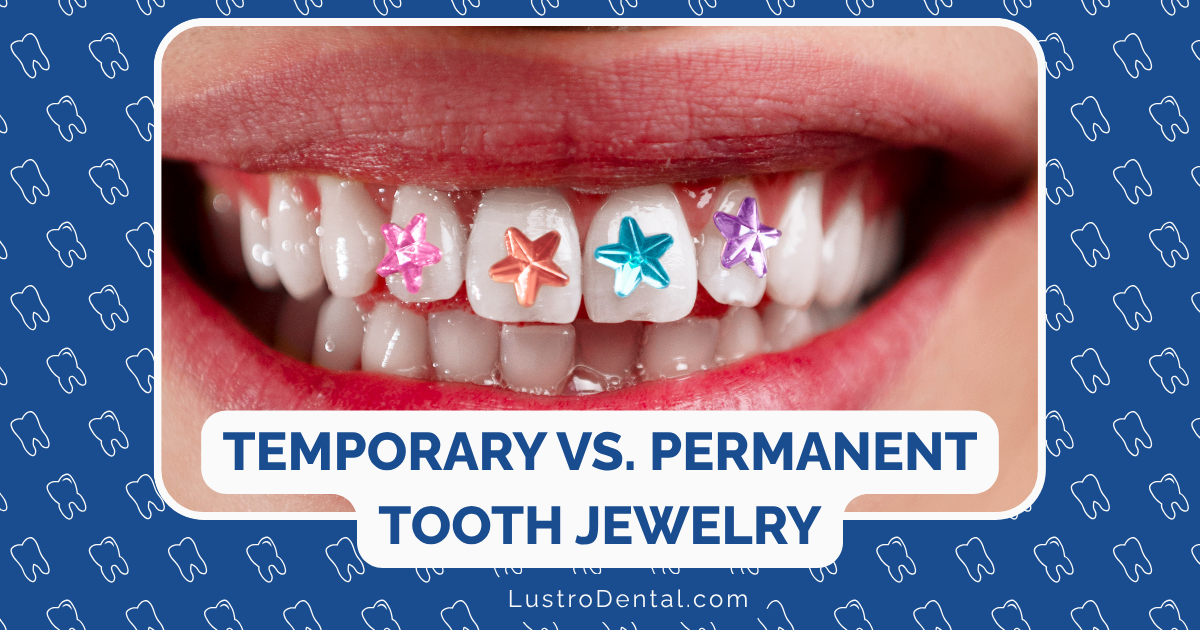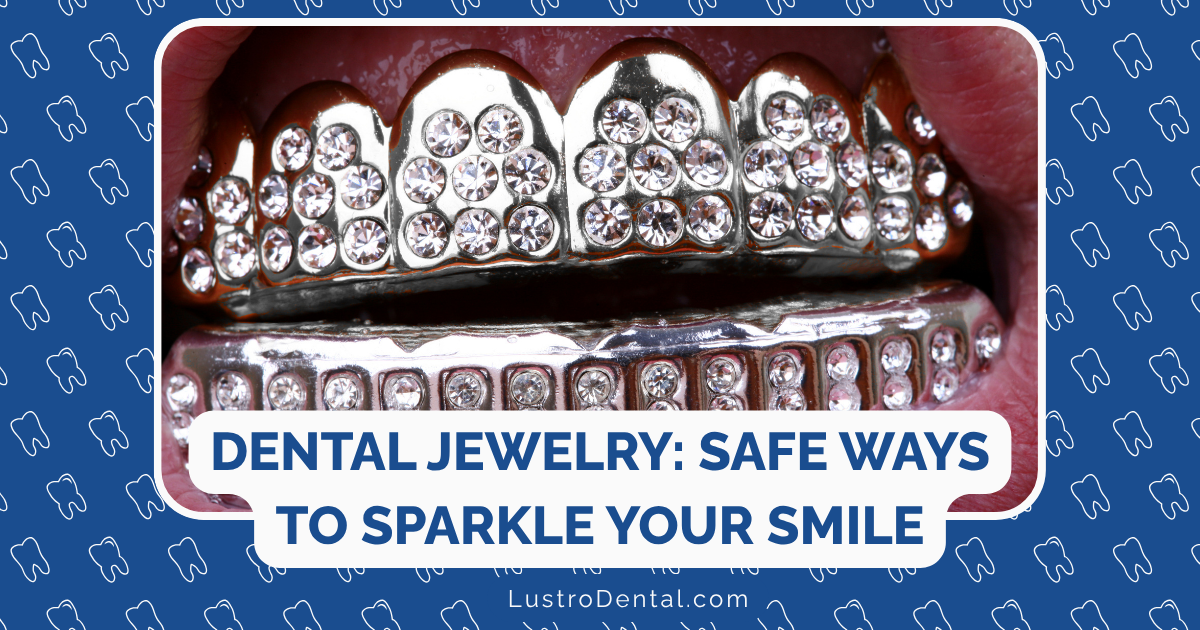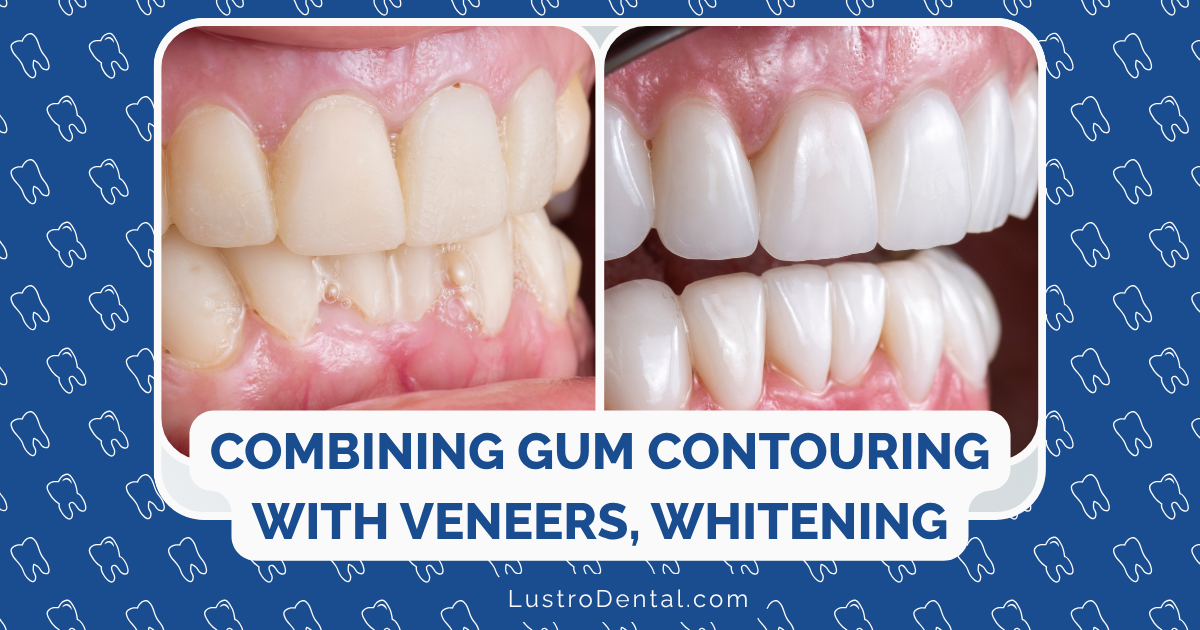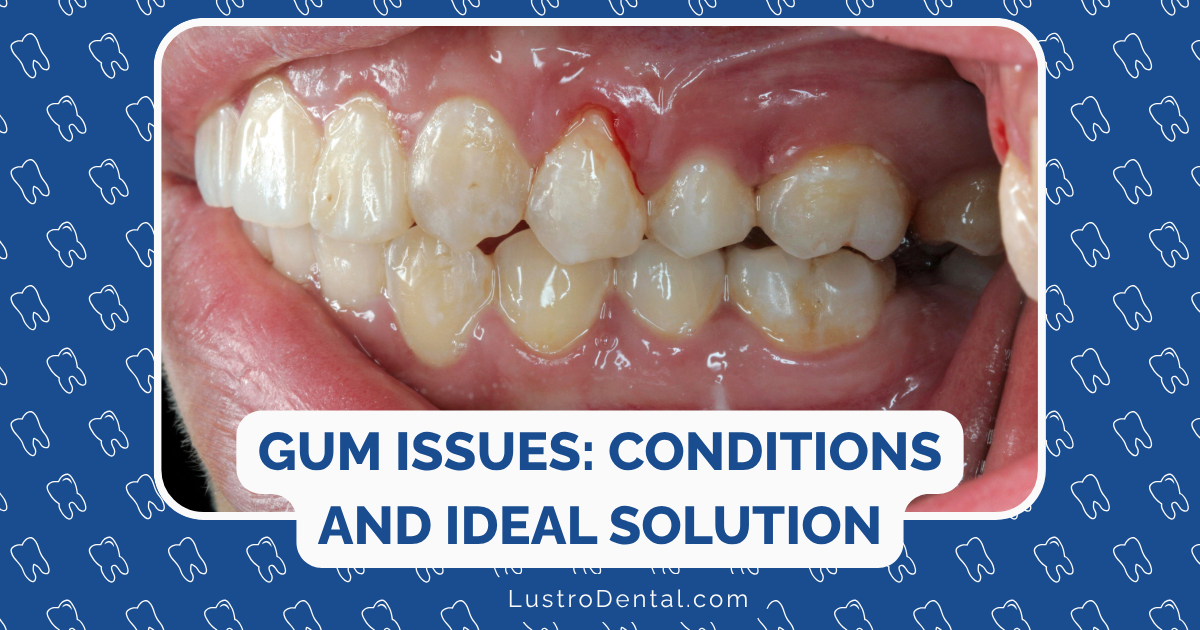The Safety Guide to Tooth Gems: What to Know Before Getting Them
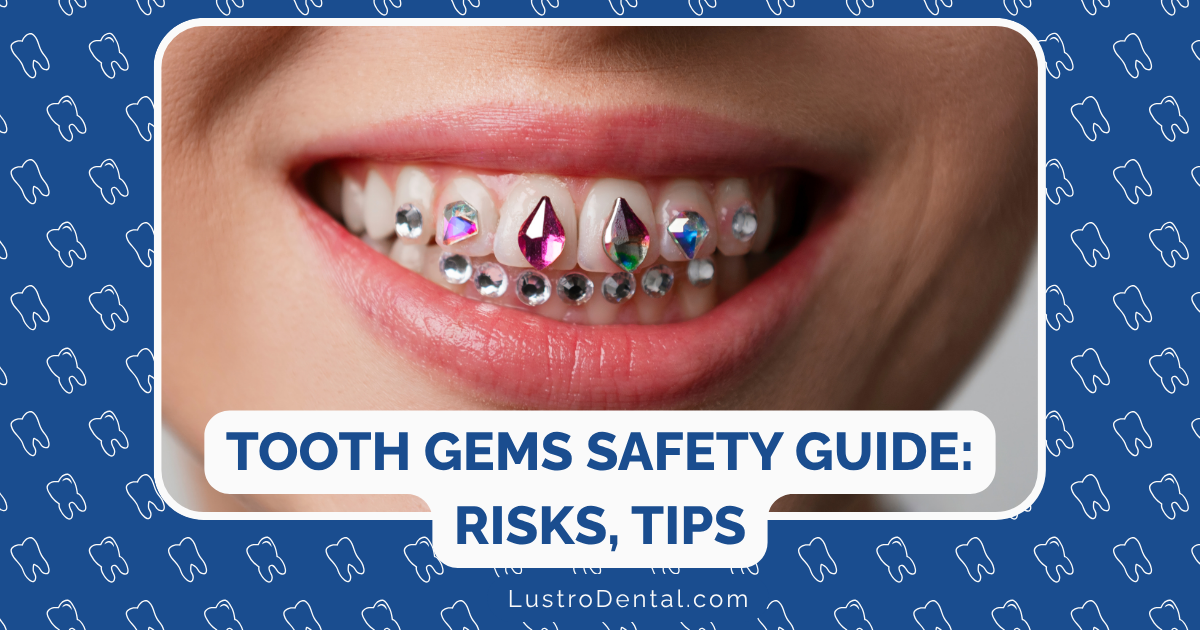
That subtle sparkle when someone smiles can be captivating—a tiny gem catching the light from their tooth. Tooth gems have surged in popularity as a form of dental self-expression, but behind that shimmer lies important safety considerations that many people overlook.
As a dental health advocate, I’ve seen the good, the bad, and the downright dangerous when it comes to tooth gems. This comprehensive guide will walk you through everything you need to know before adorning your smile with these tiny jewels.
What Are Tooth Gems?
Tooth gems are small decorative jewels or crystals that are bonded to the surface of your teeth using dental-grade adhesive. They’ve been around for centuries in various forms, but today’s versions typically use materials like:
- Swarovski crystals
- Gold studs
- Diamond accents
- Colored glass gems
Unlike permanent modifications, tooth gems are considered semi-permanent, lasting anywhere from 6 months to 2 years with proper care.
Professional Application vs. DIY: A Critical Difference
The single most important factor in tooth gem safety is who applies it. This cannot be overstated.
Professional Application
When applied by a dental professional, tooth gems follow a careful protocol:
- Assessment of tooth health to ensure no underlying issues
- Thorough cleaning of the tooth surface
- Gentle etching with a dental-grade acid to create a better bonding surface
- Application of dental-grade composite (the same material used for white fillings)
- Precise placement of the gem
- Curing with a special light to harden the bonding material
Dr. Sarah Johnson, a cosmetic dentist at Bright Smile Dental, explains: “Professional application ensures the gem is placed in a spot that won’t interfere with your bite or cause irritation to soft tissues. We’re also trained to use materials that are safe for long-term oral contact.”
The DIY Danger Zone
The internet is filled with DIY tooth gem kits promising an easy at-home application. However, according to a 2024 study in the Journal of Cosmetic Dentistry, 78% of DIY tooth gem applications resulted in some form of enamel damage.
The Cleveland Clinic explicitly warns against DIY methods, noting serious risks including:
- Toxic adhesives not designed for oral use
- Improper placement causing bite issues
- Enamel damage during application or removal
- Increased risk of trapping bacteria around the gem
Never use nail glue, super glue, or craft adhesives on your teeth. These products contain chemicals that can permanently damage your enamel and are toxic if ingested.
The Safety Checklist: What to Consider Before Getting a Tooth Gem
1. Oral Health Assessment
Before considering a tooth gem, schedule a regular dental check-up. Gems should only be placed on healthy teeth with:
- No active decay
- No gum disease
- Strong, intact enamel
- No existing restorations in the placement area
2. Material Safety
Not all that glitters is safe for your mouth. Ensure the gems being used are:
- Made from biocompatible materials
- Free from sharp edges that could cut your tongue or cheeks
- Appropriately sized (too large, and they’re more likely to catch on things and dislodge)
According to the American Dental Association, materials used in the mouth should be specifically designed for oral use to prevent adverse reactions.
3. Placement Considerations
The location of your gem affects both its safety and longevity:
- Front teeth are easier to clean around but more visible
- Avoid placement near the gumline where they can irritate gum tissue
- Avoid surfaces that make regular contact with opposing teeth
- Consider placement that won’t interfere with flossing
Potential Risks: Understanding the Downsides
Being informed means understanding the potential complications:
Enamel Damage
The bonding process involves etching the tooth surface slightly to create better adhesion. If done improperly or if the gem is forcefully removed, this can damage the enamel permanently.
Plaque Trap
Gems create a small raised surface that can trap food particles and plaque. A study from the University of Utah found that tooth gem wearers had a 34% higher plaque index around the gem site compared to other tooth surfaces.
Gum Irritation
Gems placed too close to the gumline can cause inflammation and irritation, potentially leading to gingivitis in the area.
Accidental Ingestion or Aspiration
If a gem becomes dislodged, there’s a risk of swallowing or inhaling it, which could require medical intervention.
Proper Care: Maintaining Your Tooth Gems
If you decide to proceed with tooth gems, proper maintenance is essential:
Daily Cleaning
- Brush carefully around the gem using a soft-bristled toothbrush
- Consider using an interdental brush to clean around the edges of the gem
- Floss daily, taking extra care around the gem
- Rinse with an antimicrobial mouthwash to reduce bacteria
Diet Considerations
Certain foods and habits can shorten the lifespan of your tooth gem:
- Avoid extremely sticky foods that could pull at the gem
- Be cautious with very hard foods that might dislodge it
- Limit acidic foods and drinks that can weaken the bonding material
- Avoid habits like nail-biting or pen-chewing
Regular Check-ups
Schedule regular dental visits every six months to:
- Ensure the gem isn’t causing any damage
- Have professional cleanings to remove any buildup around the gem
- Address any issues early before they become problems
Removal: When It’s Time to Say Goodbye
All tooth gems eventually need to be removed, either because they fall off naturally or you choose to remove them.
Professional Removal
The safest approach is to have your dentist remove the gem using specialized tools that minimize enamel damage. They can:
- Safely dissolve the bonding material
- Polish the tooth surface to remove any residue
- Assess for any damage that may have occurred
If a Gem Falls Off
If your gem dislodges on its own:
- Save the gem if you can find it (to ensure you haven’t swallowed it)
- Gently brush the area to remove any remaining adhesive
- Schedule a dental appointment if you feel any rough edges or discomfort
Cost Considerations
Professional tooth gem application typically costs between $50 and $300 per gem, depending on:
- The material of the gem (crystal vs. gold or diamond)
- Your geographic location
- The dental professional’s experience level
- Whether the cost includes future removal
While DIY kits advertise much lower prices (typically $15-$30), the potential cost of repairing damage from improper application far exceeds this initial saving.
Who Should Avoid Tooth Gems?
Tooth gems aren’t suitable for everyone. Consider alternatives if you:
- Have weak or damaged enamel
- Grind or clench your teeth (bruxism)
- Have a history of gum disease
- Play contact sports without a mouthguard
- Have difficulty maintaining thorough oral hygiene
Making Your Decision
Tooth gems can be a fun, temporary way to express yourself, but they do come with responsibilities and risks. Before proceeding:
- Consult with a dental professional about your specific oral health situation
- Research reputable providers who use proper materials and techniques
- Consider starting with a smaller gem in a less prominent location to see how you adapt to it
- Be prepared for the maintenance requirements
Remember that your smile’s health should always take priority over aesthetic enhancements. As Dr. Michael Chen of the International Association of Cosmetic Dentistry puts it: “The best dental decoration is one that doesn’t compromise the health of your natural teeth.”
Final Thoughts
Tooth gems can add a unique sparkle to your smile when done safely and responsibly. By choosing professional application, using appropriate materials, and maintaining diligent oral hygiene, you can minimize risks while enjoying this form of dental self-expression.
Your smile is one of your most valuable assets—make sure any modifications enhance rather than endanger it.
Have you had experience with tooth gems? Share your story in the comments below!


